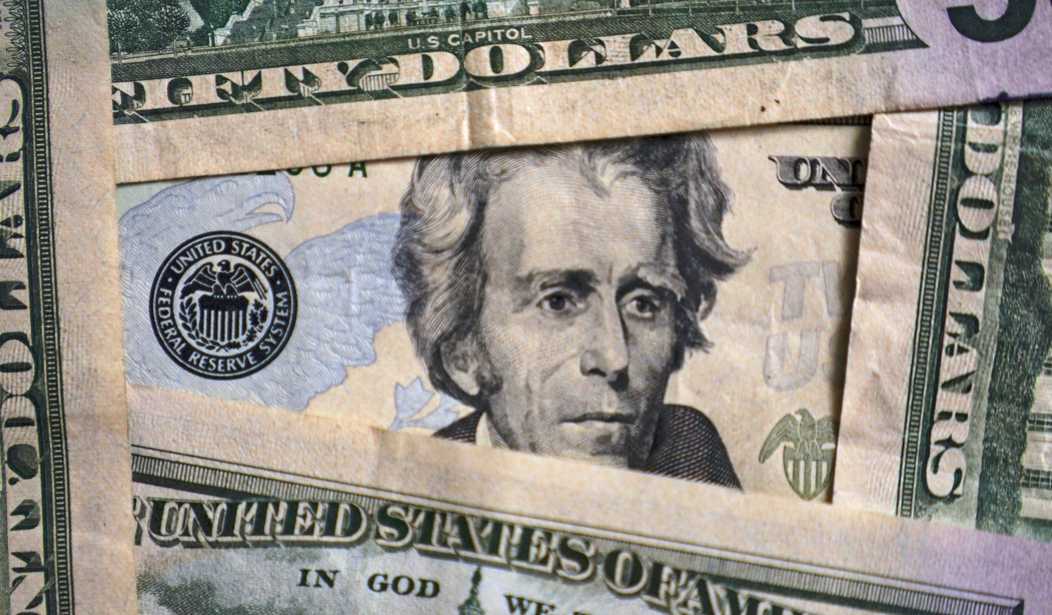Recent polls from Fox News, The New York Times, and others indicate the November mid-term elections will turn on two major issues: inflation and the economy, and crime rates. These polls seem to show Republicans with a better than even chance of taking both the House and Senate as the majority of Americans blame Biden Administration policies and de facto Democrats for both. It’s difficult to hide from the facts: the U.S. Consumer Price Index (CPI) was 1.4% when the President took office, at 7.4% in January 2022 – a month before Russia invaded Ukraine and is 8.2% today. Particularly vexing is the current CPI core 6.6% inflation rate is at a multi-decade high.
Good and bad news
Recently, the Internal Revenue Service (IRS) announced that personal income thresholds for U.S. tax brackets will increase by 7% in 2023 to adjust for inflation. Adjusting tax brackets to inflation was one of the many positive U.S. tax policy changes under the Reagan Administration. Social Security recipients benefit also as the Cost-Of-Living Allowance (COLA) will be 8.7% in 2023. However, the average American household, which earns about $70,900 a year, paid roughly $5,800 more to purchase the same items in September of 2022 vs. September 2021, due to high inflation levels.
Challenging Issues
The following two examples are among many inflation-driven problems the U.S. economy faces today due to improper monetary and fiscal policy, and the belief 18 months ago that inflation was transitory.
Strategic petroleum reserve where we are and in the future?
President Biden’s decision to use the U.S. strategic petroleum reserve to fight gasoline inflation was wrong. Well-intended but politically motivated, our President’s misguided decision reduced prices for a brief period and has made the U.S. vulnerable to numerous “problematic scenarios”, while ignoring the root cause of higher gasoline prices: inflation. In January of 2021, the U.S. strategic oil reserve held 638 million barrels of oil stockpiled for use in emergencies, like natural disasters, and military conflicts. It was not designed to artificially reduce oil and gasoline prices to politically influence an election. After months of selling, the U.S. strategic oil reserve is now at 434 million barrels, or 204 million barrels below its January 2021 high, increasing our vulnerability to natural disasters, geopolitical problems, and military conflict. It will cost almost $19 billion to replenish the U.S. strategic oil reserve at today’s prices. While gasoline prices have declined considerably since June, the Biden Administration has stated its intention to tap our strategic oil reserves once again despite being at a 38-year low. However, it’s been market forces driving oil prices higher for the last three months. Most of the root cause is an inflation rate that the U.S. Federal Reserve and federal government have failed to tame. Consider in late January 2021 gasoline prices were $2.38 a gallon, and by June 2022 reached a record high of $5.01 a gallon. Three weeks ago, the national price of gasoline had fallen to $3.67 a gallon, yet by October 11th it was at $3.92, due to supply and demand factors, and the OPEC+ decision last week to cut daily oil production by 2 million barrels on the growing belief that a global recession will occur in 2023.
Recommended
The U.S. National Debt is growing in size and scope
Our nation is at a crossroads. The rapidly growing total national debt of the United States is over $31 trillion and represents almost $93,000 for every American man, woman, and child, almost $246,000 for every U.S. taxpayer and 125.5% of current U.S. Gross Domestic Product (GDP). The U.S. government added more than $1.136 trillion to our national debt over the last fiscal year ending in September. Compounding the national debt problem and equally troubling is U.S., state and local debt which adds another $2.55 trillion to the U.S. government debt burden. The current gross interest payment on the total U.S. federal deficit is over $533 billion annually and is expected to surpass $1 trillion in this fiscal year due to rapidly increasing short-term interest rates which rise directly with inflation. Higher interest rates will move national debt interest from the 5th largest annual cost in the U.S. federal budget currently, to as high as number two. This mess is due to naïve politicians’ belief that high rates of government debt and excessive government spending were compatible with keeping annual inflation between 2 and 3%. Metaphorically, our “economic chickens” have come home to roost with a massive federal deficit financed by high interest rates which are fueled by 40-year high inflation rates. It is sad and a dereliction of duty that our politicians and leaders of the Federal Reserve believed these irresponsible policies would not bring any negative economic consequences.
Conclusion
We at the McNair Center are very worried about the state of the U.S. economy. We believe the recent and dire predictions of CEOs and business executives in KPMG and Bloomberg surveys of a recession in 2023 to be more accurate than not. To lower inflation, we must cut government spending and reduce our inflationary money supply. Continued mismanagement and a lack of fiscal and monetary discipline has created the quandary our nation finds itself in today. If we do not, it is doubtful the United States can remain the world’s beacon of freedom, entrepreneurial powerhouse and the world’s financial leader with the dollar as the world’s strategic reserve currency. In a recent CNBC interview with J.P. Morgan Chase Chairman and CEO, Jamie Dimon. He called for American leadership to be at its best and lead the free economies of the world out of the turbulent times we are facing today. “This is the chance to get our act together and to solidify the western, free, democratic, capitalist, free people, free movements, freedom of speech, free religion for the next century.”
Dr. Timothy G. Nash is director of the McNair Center for the Advancement of Free Enterprise and Entrepreneurship at Northwood University.

























Join the conversation as a VIP Member